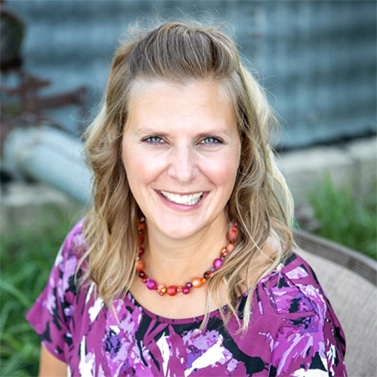Mold and mildew may begin growing unnoticed in the nooks and crannies of your home. The moisture that winter brings, combined with the warmth of spring, can lead to problems. When the snow melts in the spring is a good time to go looking for these unwanted invaders and clear them out before they become a big problem. Continue reading to learn more about the places that mold and mildew like to hide.Melanie Musson is a home safety expert with ExpertInsuranceReviews.com
Ceiling and walls of your attic
Any time that warm inside air contacts the cooler outside air, you have the potential for condensation, leading to mold growth.
Windows are often a culprit for mold in the winter and spring. The air inside can become humid because of washing clothes, cooking, running the dishwasher, and taking showers. When that warm, humid air contacts the window that has been chilled from the outside air, condensation forms. Check your window for mold throughout the winter and spring.
Thanks to that same humid, warm air condensing, attics, especially uninsulated ones, can become a breeding ground for mold. The cold air outside makes the ceiling and walls of your attic chilly and provides a place for moist air to condense.
As the snow melts, your basement may become prone to water seepage. Inspect your basement for any sign of moisture getting in. Drips on your walls or soggy-looking corners are signs that you have a moisture problem, which will likely become a mold problem.
Inspect your roofing system
As the winter snow thaws and melts, you’ll want to closely inspect your roofing system for mold and mildew growth. While you won’t always find these growths on your shingles or in your attic space, you should check for these growths because they can weaken the integrity of your roofing system, and they may actually lead to the development of some health concerns.
If you find mold or moss growths on your shingles, there is a possibility that they have seeped into the structure of your roof and compromised the integrity of your entire system. Mold and moisture can cause your wooden beams, rafters, and structures to rot and decay, which can increase the risk of further roof damage.
If mold has found its way into your attic space, this means your mold is pervasive, and it may even spread to other areas of your home. Given enough time, mold spores can find their way into your home’s ventilation system, which can provide an easy way for that mold to spread to other rooms of your home. In turn, those spores may pose a health risk to your family as you may breathe in those spores and compromise your own immune system.
For those reasons, you’ll need to check for mold or mildew growths both on the outside and inside of your roofing system. If you happen to notice any signs of mold, moss, or mildew in those areas, contact your local roofer as soon as possible for a more in-depth inspection of your property and to address those growths in a safe way that won’t damage your home.
Constantine Anest is the proud owner of Ethos Roofing & Restoration. After graduating from the University of Nebraska, Constantine wanted to found his own contracting business where he could rethink the contractor-homeowner relationship.Rick Abbiati, owner of Colony Property Investments, LLC and ColonyBuysHouses.com.
They grow inside of exposed wall panels
After the snow thaws, mold and mildew will grow inside of exposed wall panels. You may not have noticed the gaps in the wall, but the mold noticed. Moisture plus space, plus darkness, equals mold.
Observed in any backyard or lawn
Mold and mildew can be observed in any backyard or lawn after the snow has melted. The signs of mold or mildew include white, grey, or pink patches on your lawn or yard. It can be a problem for any type of cool-season turfgrass that has been exposed to snow for the winter season. Grasses like bentgrass are even more exposed to this issue. Bluegrass is not as affected, although it too is a type of cool-season grass.
Natalie Barrett, Cleaning Expert/Quality Supervisor at Nifty Cleaning Services.
This is a crowdsourced article. Contributors are not necessarily affiliated with this website and their statements do not necessarily reflect the opinion of this website, other people, businesses, or other contributors.

